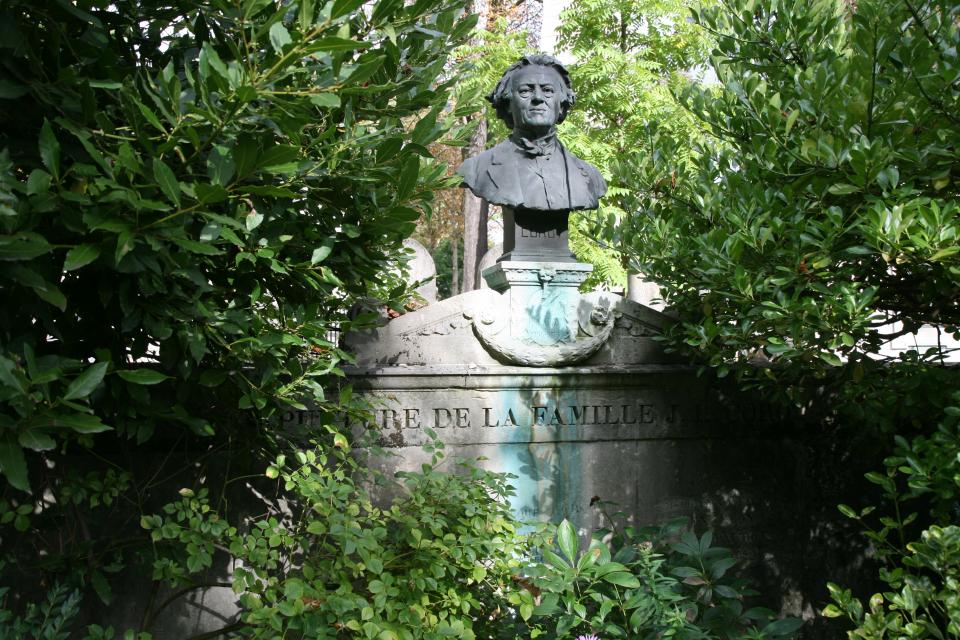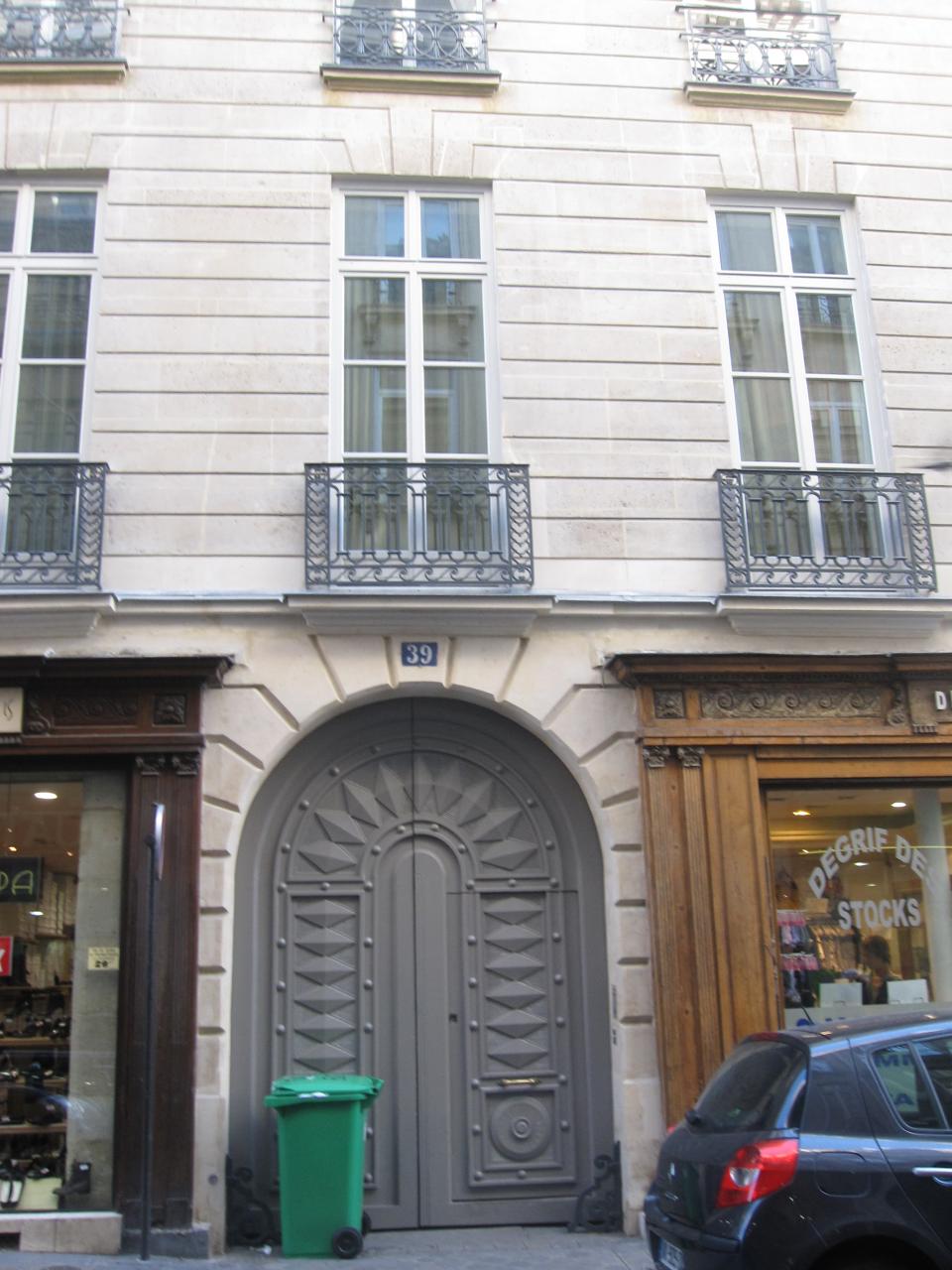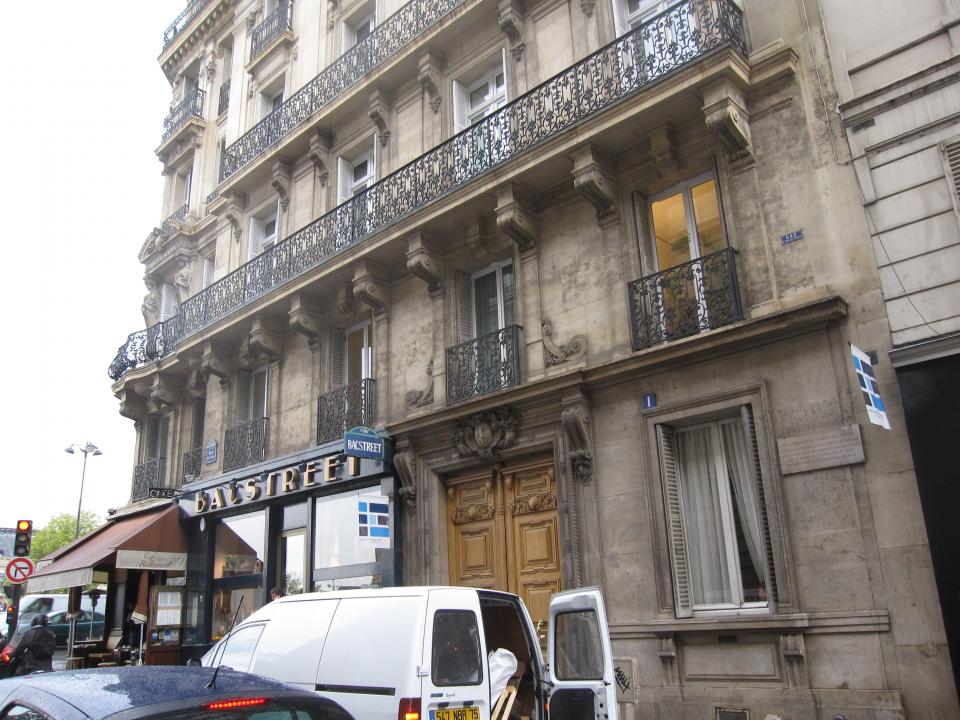Works by this Artist
Chartres CathedralCamille Corot, 1830 Colosseum Seen Through the Basilica of Constantine
Camille Corot, 1825
Background
bourgeois – parents owned clothing shop
Studies
classical education at College de Rouen; with landscape painter Achille Etna Michallon (1821-22) and Jean-Victor Bertin (both pupils of Valenciennes); with Théodore Caruelle d’Aligny (Rome)
Career
1827 – Bridge at Narni and La Cervara (Kunsthaus, Zurich) exhibited at Salon; exhibits there regularly throughout his career
1840 – French state purchases Shepherd Boy (Musée d’Art et d’Histoire, Metz)
1846 – Charles Baudelaire and Champfleury write favorable Salon reviews
1849 – elected to Salon jury; serves on jury regularly throughout his career
1862 – paints with Gustave Courbet in Saintonge
Travels
Rome (1825-28; 1834; 1843); summers spent touring France; frequent visits to Switzerland; London (1862)
Commissions from
Ferdinand-Philippe, Duc d’Orléans; Napoleon III; Prince Demidov (Russia)
Important ArtworksBridge at Narni, 1827 (National Gallery, Ottawa)
Orpheus and Eurydice, 1830 (Museum of Fine Arts, Houston)
Souvenir of Mortefont, 1864 (Louvre, Paris)
Documentation
The French poet and critic Charles Baudelaire (1821-1867) assessed the importance and influence of Corot for landscape painting:
“At the head of the modern school of landscape stands M[onsieur]. Corot. If M. Théodore Rousseau were to exhibit, his supremacy would be in some doubt, for to a naiveté, an originality which are at least equal, M. Rousseau adds a greater charm and a greater sureness of execution. It is naiveté and originality, in fact, which constitute M. Corot’s worth. Obviously this artist loves nature sincerely, and knows how to look at her with as much knowledge as love. The qualities by which he excels are so strong – because they are qualities of heart and soul – that M. Corot’s influence is visible today in almost all the works of the young landscape-painters – in those, above all, who already had the good sense to imitate him and to profit by his manner before he was famous and at a time when his reputation still did not extend beyond the world of the studios.”
Charles Baudelaire, “The Salon of 1845,” Art in Paris 1845-1862. Salons and Other Exhibitions, Jonathan Mayne, trans. and ed. (Oxford: Phaidon, 1965), 24.
Readings:
Clarke, Michael. Corot and the Art of Landscape. New York: Cross River Press, 1991
Galassi, Peter. Corot in Italy: Open-Air Painting and the Classical Landscape Tradition. New Haven, CT and London: Yale University Press, 1991
Tinterow, Gary. Corot. Exhibition catalogue. New York: Metropolitan Museum of Art, 1996


